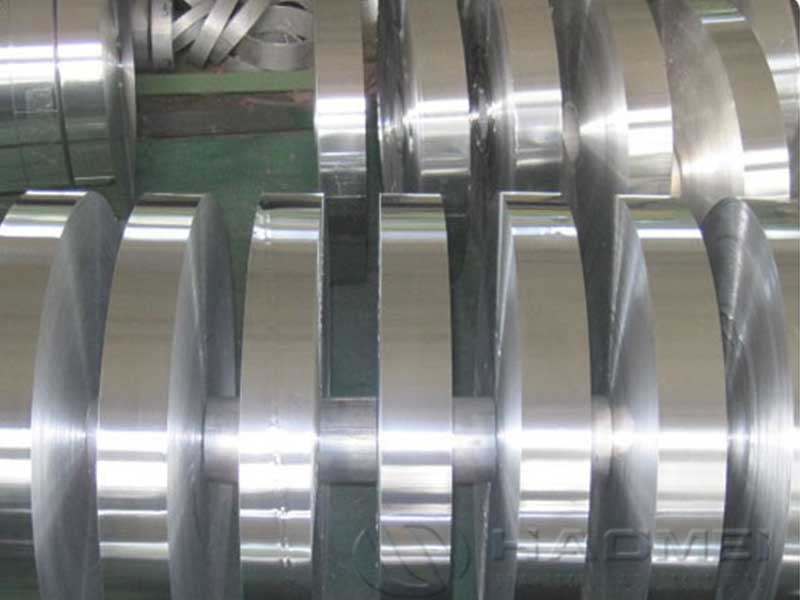Aluminum foil is a staple in both household kitchens and commercial food packaging industries. Its versatility and ability to maintain freshness have made it an essential material. However, ensuring high-quality aluminum foil is crucial, as various defects can affect its performance and usability. In this article, we will explore common aluminum foil quality defects, how to identify them, and why understanding these issues is vital for consumers and manufacturers alike.
1. Pinholes
One of the most common defects in aluminum foil is the presence of pinholes. These tiny holes can form during the manufacturing process due to various factors, such as improper handling or flaws in the coating. Pinholes can significantly compromise the barrier properties of aluminum foil, allowing air and moisture to penetrate, which may lead to spoilage or contamination of the contents.
How to Identify Pinholes:
To detect pinholes, hold the aluminum foil against a light source. If you notice tiny dots of light shining through, pinholes are likely present. Always ensure your foil has integrity for food storage to prevent any potential issues.
2. Uneven Thickness
Uneven thickness in aluminum foil can lead to weak areas that may tear or puncture easily. This defect generally occurs due to inconsistencies in the rolling process during production. Foil with uneven thickness can hinder proper packaging, compromising food protection and overall quality.
How to Identify Uneven Thickness:
Feel the edges and see if there are varying thicknesses. A well-manufactured aluminum foil should have a consistent feel and appearance throughout its length.
3. Bursting or Cracking
Aluminum foil that displays bursting or cracking is often a sign of poor quality. These defects can result from inadequate annealing or improper temperature during production. Bursting leads to potential leaks and decreased performance in cooking applications.
How to Identify Bursting and Cracking:
Look for visible cracks or lines on the surface of the foil. Gently bend the foil; if it fractures or does not revert back to its original form, it indicates compromise in quality.
4. Wrinkling
Wrinkled aluminum foil is not just unsightly; it also affects its usability. Wrinkling prominently occurs due to improper packaging or handling. When using wrinkled aluminum foil, it may not conform as intended, resulting in inefficient sealing and insulation.
How to Identify Wrinkles:
Inspect the surface of the foil for any irregular shapes or folds. While some level of wrinkling can be normal, excessive wrinkles compromise its performance, particularly in cooking and baking.
5. Color Variations
Color variations in aluminum foil can occur when the coating is applied inconsistently. While this does not directly affect the foil's functionality, it can indicate quality control issues in the manufacturing process. Discoloration could also imply chemical interactions with the materials or improper handling.
How to Identify Color Variations:
Examine the foil under good lighting conditions to identify any inconsistencies in color. Uniformity is critical for ensuring that the aluminum foil performs correctly throughout its application.













